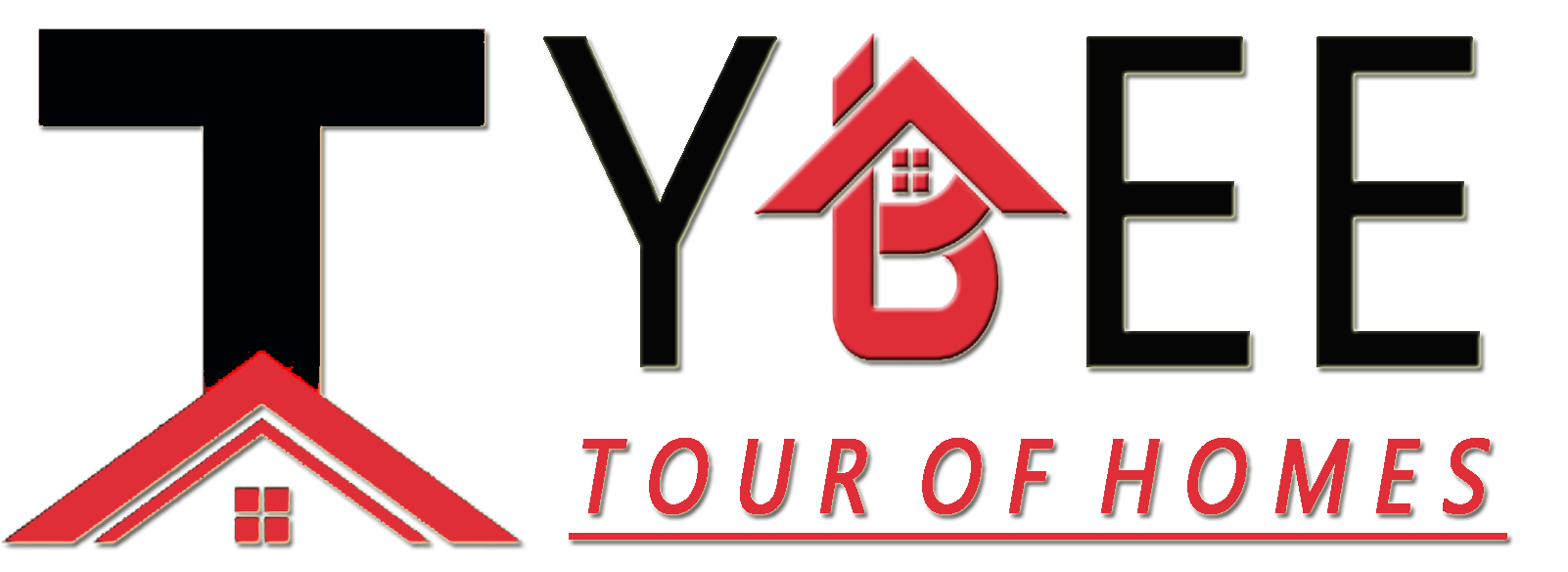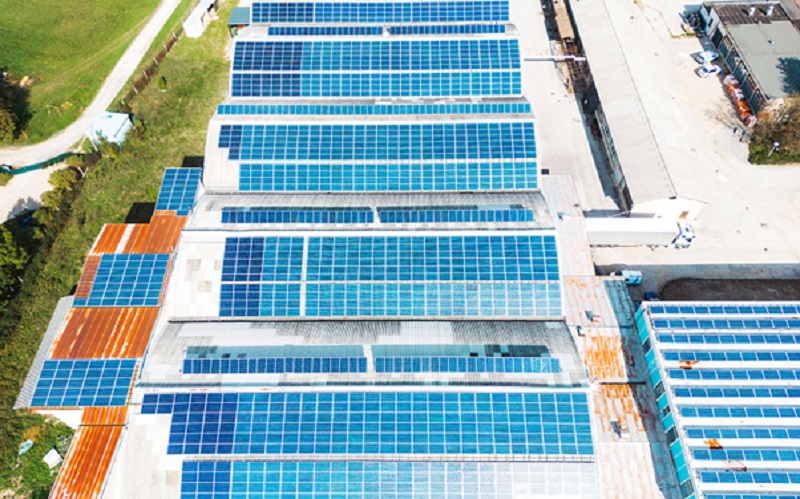Businesses in Singapore are under increasing pressure to adopt sustainable practices as part of broader environmental and regulatory expectations. One solution gaining attention is the use of commercial solar panels. While solar technology promises long-term savings and reduced carbon impact, it also requires significant upfront investment. This raises an important question for business owners: Are solar panels a sound investment or an additional financial burden? This article outlines key factors to help determine whether installing solar panels for businesses delivers measurable returns or simply adds to operational overhead.
Long-Term Reduction in Operating Expenses
Electricity bills are among the most consistent expenses for commercial properties. Solar panels allow businesses to reduce their reliance on grid electricity. Over time, this leads to lower monthly operating costs. The more energy a business consumes, the greater the savings potential. Although payback periods can range from five to ten years, solar systems continue to generate savings well beyond that, often for two decades or more. This turns what may appear as an overhead into a value-generating asset over time.
Stability Against Fluctuating Energy Prices
Electricity tariffs in Singapore can vary based on fuel prices and supply conditions. Businesses with high energy demands are particularly exposed to these fluctuations. Solar panels provide a form of energy independence, buffering a portion of power usage from volatile market conditions. Predictable energy generation translates into more stable operating budgets, which is especially beneficial for companies with long-term financial planning goals.
Initial Capital and Installation Costs
One of the most immediate concerns for businesses is the upfront cost. Commercial-scale solar panels in Singapore require significant investment, including equipment, labour, permits, and structural assessments. The price generally varies based on roof size, energy needs, and system capacity. For large office buildings, warehouses, and manufacturing plants, these costs can quickly reach five to six figures. However, this figure represents a one-time capital expense that lays the groundwork for future savings.
Regulatory Support and Environmental Targets
Singapore has been proactive in setting renewable energy targets and supporting sustainability initiatives. While direct subsidies may be limited, businesses can align their operations with broader regulatory goals. Participation in the green economy can enhance corporate image and meet client expectations for environmental responsibility. This alignment supports access to green financing schemes and meets sustainability criteria in procurement processes, which could open new business opportunities.
Space Utilisation and Infrastructure Readiness
Not every commercial building is ready for solar panel installation. Structural integrity, roof angle, and surface area all affect feasibility. While many modern buildings in Singapore are designed with solar capacity in mind, retrofitting older structures might involve additional engineering costs. Businesses operating in leased premises may also face challenges due to landlord restrictions or uncertainty about tenancy duration. Evaluating infrastructure compatibility is a key step before committing to installation.
Learn More: How to Install Solar Panels? A Step-by-Step Installation Guide
Maintenance and Lifecycle Management
Solar panels are durable and require minimal maintenance, but they are not maintenance-free. Regular cleaning and occasional inspections ensure optimal performance. Inverters, a critical component of solar systems, may need replacement after ten to fifteen years. These upkeep tasks involve modest costs, especially when spread across the lifespan of the system. Factoring in maintenance in long-term financial planning prevents surprises and supports consistent performance.
Performance Monitoring and System Efficiency
Many commercial systems now come with monitoring tools that provide real-time insights into performance. These systems help businesses identify underperformance early and ensure energy output meets expectations. Tracking return on investment becomes easier with this data, allowing financial and operations teams to adjust energy strategies. Efficiency gains support internal reporting as well as external sustainability communications.
Brand Value and Stakeholder Expectations
Beyond the financials, installing solar panels for business signals a commitment to sustainability. In competitive markets, this can strengthen a company’s brand position. Investors, clients, and employees increasingly value environmental responsibility. By reducing carbon footprint and improving ESG profiles, businesses improve stakeholder relations and future-proof their operations in a regulatory environment that increasingly rewards sustainable practices.
Return on Investment Over Time
When evaluating commercial solar panel systems, it’s critical to shift the mindset from cost to investment. Return on investment depends on various factors, including system size, energy savings, and business continuity. Over 20 years, the savings in energy costs, potential tax benefits, and reduced exposure to energy inflation tend to outweigh the initial outlay. For businesses with stable locations and predictable energy use, this offers a reliable source of financial and operational efficiency.
For more information about solar energy, contact Perry Management Clean Energy today.





